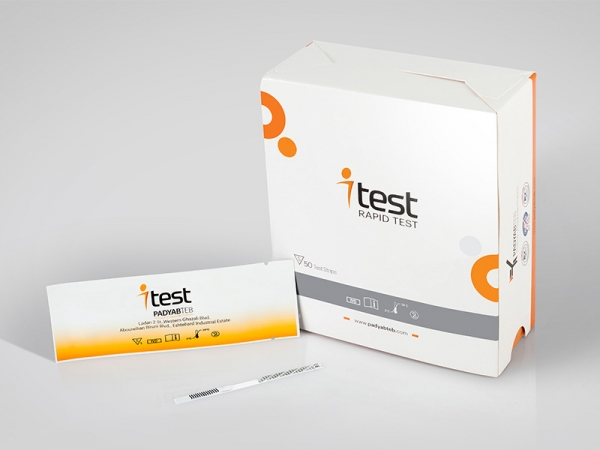| Name | MDMA(Ecstasy) Rapid Test (Strip/cassette) |
| Category Name | Drug Tests |
| Test | 25 or 50 tests |
| Cut-Off | 500 ng/ml |
The MDMA Rapid Test (Urine) is a rapid chromatographic immunoassay for the detection of Methylenedioxy-methamphetamine (primary ingredient of Ecstasy) in human urine at a cut-off concentration of 500 ng/mL.
Materials Provided with MDMA drug Rapid Test kit:
1. MDMA Test Device
The test contains mouse monoclonal anti-Methylenedioxy-methamphetamine antibody-coupled particles and Methylenedioxy-methamphetamine-protein conjugate. A goat antibody is employed in the control line system.
2. Instructions for use
Materials required, not Provided:
1. Urine collection container
2. Timer or clock
MDMA Rapid Test kit Background Information
Methylenedioxy-methamphetamine (Ecstasy) is a designer drug first synthesized in 1914 by a German drug company for the treatment of obesity. Those who take the drug frequently report adverse effects, such as increased muscle tension and sweating. MDMA is not clearly a stimulant, although it has, in common with amphetamine drugs, a capacity to increase blood pressure and heart rate. MDMA does produce some perceptual changes in the form of increased sensitivity to light, difficulty in focusing, and blurred vision in some users. Its mechanism of action is thought to be via release of the neurotransmitter serotonin. MDMA may also release dopamine, although the general opinion is that this is a secondary effect of the drug (Nichols and Oberlender, 1990). The most pervasive effect of MDMA, occurring in virtually all people who have taken a reasonable dose of the drug, is to produce a clenching of the jaws. The MDMA Rapid Test Dipstick (Urine) yields a positive result when Methylenedioxy-methamphetamine in urine exceeds 500 ng/mL.
MDMA drug Rapid Test Principle
The MDMA Rapid Test (Urine) is an immunoassay based on the principle of competitive binding. Drugs which may be present in the urine specimen compete against the drug conjugate for binding sites on the antibody.
During testing, a urine specimen migrates upward by capillary action. Methylenedioxy-methamphetamine, if present in the urine specimen below 500 ng/mL, will not saturate the binding sites of antibody the binding sites of antibody coated particles in the test. The antibody coated particles will then be captured by immobilized Methylenedioxy-methamphetamine conjugate and a visible colored line will show up in the test line region. The colored line will not form in the test line region if the Methylenedioxy-methamphetamine level exceeds 500 ng/mL because it will saturate all the binding sites of anti-Methylenedioxy-methamphetamine antibodies.
A drug-positive urine specimen will not generate a colored line in the test line region, while a drug-negative urine specimen or a specimen containing a drug concentration less than the cut-off will generate a line in the test line region. To serve as a procedural control, a colored line will always appear at the control line region indicating that proper volume of specimen has been added and membrane wicking has occurred.



